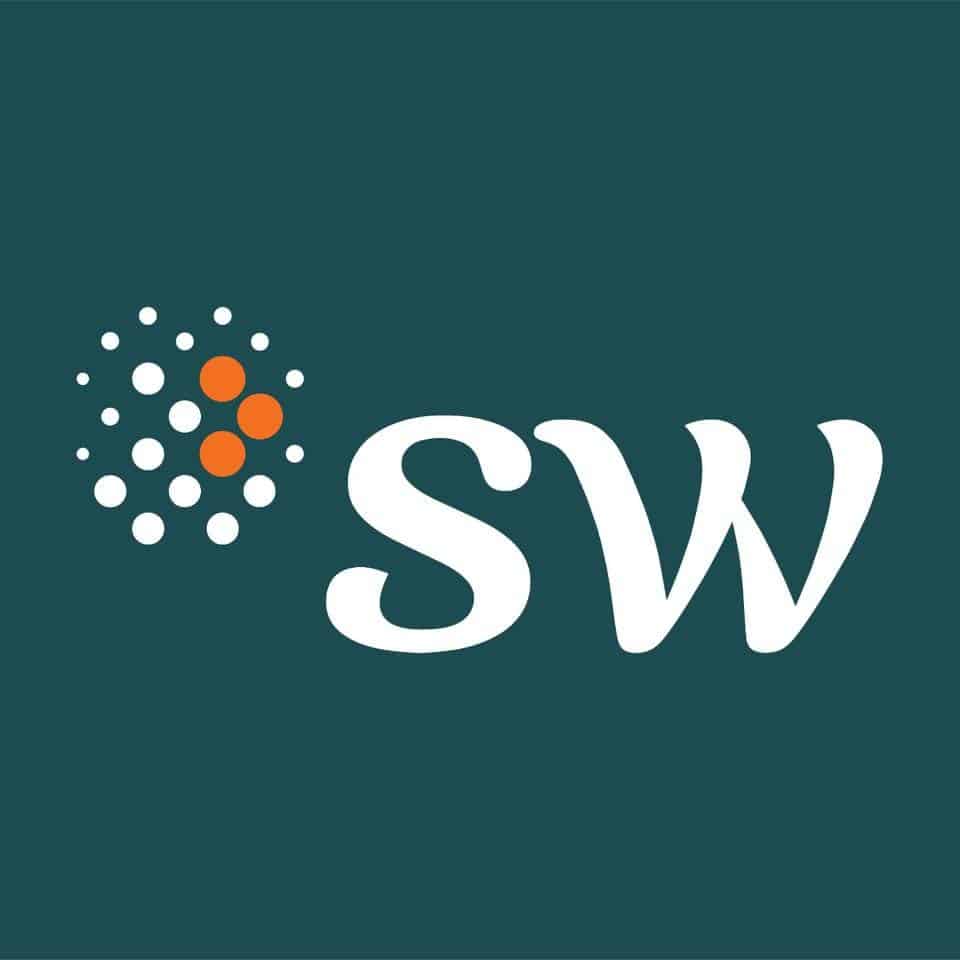The Indonesian Personal Data Protection Act (UU PDP) establishes stringent regulations to safeguard the privacy and security of personal data. Implementing these regulations requires a systematic approach, particularly in the realm of system implementation. This article explores the key aspects of the UU PDP and provides insights into how organizations can effectively implement data protection systems to ensure compliance.
With the rapid digitization of various sectors in Indonesia, the handling of personal data has become increasingly prevalent. In response to growing concerns about data privacy and security, the Indonesian government enacted the Personal Data Protection Act (UU PDP) on 17 October 2022. Any relevant parties must comply with the provisions for processing personal data based on this Law no later than 2 (two) years after promulgated.
This legislation aims to protect the rights of individuals and regulate the processing of personal data by organizations. Implementing the UU PDP requires organizations to adopt a systematic approach, particularly in the implementation of data protection systems.
Understanding the Indonesian Personal Data Protection Act (UU PDP)
The UU PDP lays down comprehensive regulations governing the collection, processing, storage, and transfer of personal data. Key provisions of the law include requirements for obtaining consent, implementing data security measures, and providing individuals with rights over their personal data. Organizations are mandated to appoint a Data Protection Officer (DPO) and establish mechanisms for data breach notification and response.

Figure 1. Typical Personal Data Protection Lifecycle
Methodology for System Implementation
Implementing data protection systems in compliance with the UU PDP requires a structured methodology. The following steps outline a systematic approach to system implementation:
Step 1: Assessment and Gap Analysis
Conduct a comprehensive assessment of existing systems, processes, and practices related to personal data handling. Identify gaps and deficiencies in compliance with the requirements of the UU PDP, such as inadequate security measures or lack of consent mechanisms.
Assess the organization’s readiness for implementing data protection systems and identify potential challenges or constraints.
Step 2: System Design and Development
Based on the findings of the assessment, design data protection systems that align with the requirements of the UU PDP. Implement technical and organizational measures to ensure the security and privacy of personal data, such as encryption, access controls, and data minimization techniques. Develop data processing workflows and procedures that incorporate the principles of privacy by design and data protection by default.
Step 3: Training and Awareness
Provide training to employees on data protection policies, procedures, and best practices.
Raise awareness among staff members about the importance of complying with the UU PDP and safeguarding personal data. Foster a culture of data protection within the organization through regular communication and education initiatives.
Step 4: Monitoring and Audit
Establish mechanisms for monitoring and auditing data protection systems to ensure ongoing compliance with the UU PDP. Conduct regular audits to identify weaknesses or vulnerabilities in the system and take corrective action as necessary. Implement incident response procedures to address data breaches or security incidents promptly and effectively.
Challenges and Considerations
Implementing data protection systems in compliance with the UU PDP may pose several challenges for organizations. These include resource constraints, technological complexities, and the need for cultural change. Organizations must also navigate the intricacies of cross-border data transfers while ensuring compliance with international data protection standards.
Despite implementing robust data protection measures, organizations may still face various risks and threats, including:
Cyberattacks: Mitigate the risk of cyberattacks by implementing strong encryption, access controls, and intrusion detection systems to detect and prevent unauthorized access to personal data.
Insider Threats: Minimize the risk of insider threats by implementing strict access controls, conducting background checks on employees, and providing regular training on data security awareness.
Compliance Violations: Mitigate the risk of compliance violations by regularly monitoring and auditing the data protection system to ensure compliance with regulations and industry standards.
Data Breaches: Develop a comprehensive data breach response plan to minimize the impact of a breach on affected individuals and the organization. Establish clear communication channels and notification procedures to inform affected parties promptly.
Furthermore, organization should take additional steps to manage the existing data appropriately:
Data Inventory: Conduct a comprehensive inventory of all existing personal data held by the organization. This includes identifying the types of data, where it is stored, how it is processed, and who has access to it.
Data Classification: Classify the data based on its sensitivity and importance to the organization. This helps prioritize security measures and determine appropriate access controls.
Data Mapping: Map the flow of personal data throughout the organization, including its collection, processing, storage, and sharing. This helps identify potential risks and vulnerabilities in the data handling process.
Data Minimization: Review the collected data and assess whether it is necessary for the organization’s operations. Implement data minimization strategies to reduce the amount of personal data stored to only what is essential for the intended purpose.
Data Retention Policies: Develop and implement data retention policies that outline the periods for which personal data will be retained and the criteria for its deletion or anonymization once it is no longer needed.
Data Access Controls: Implement strict access controls to ensure that only authorized individuals have access to personal data. This includes role-based access controls (RBAC), encryption, and multi-factor authentication (MFA) to prevent unauthorized access.
Data Security Measures: Enhance data security measures to protect personal data from unauthorized access, misuse, or breaches. This may include implementing encryption, monitoring systems, intrusion detection systems, and regular security audits.
Data Governance: Establish clear policies and procedures for data governance, including data handling, processing, sharing, and disposal. Ensure that all employees are aware of their responsibilities regarding personal data protection.
Data Breach Response Plan: Develop and implement a comprehensive data breach response plan to address any security incidents involving personal data. This should include procedures for detecting, containing, and mitigating the impact of data breaches, as well as notifying affected individuals and regulatory authorities as required by law.

Figure 2. Example of Data Breach Response Plan
Conclusion
In conclusion, implementing the Indonesian Personal Data Protection Act (UU PDP) requires a systematic approach, particularly in the realm of system implementation. By following a structured methodology and adopting best practices in system design and development, organizations can ensure compliance with data protection regulations while safeguarding the privacy and security of personal data. As Indonesia continues to embrace digital transformation, adherence to the UU PDP will be crucial in building trust with individuals and promoting responsible data handling practices.
SW Indonesia is committed to providing comprehensive data protection services tailored to your specific needs. Contact us today to learn more about how we can assist you in safeguarding your personal data and mitigating the risks associated with data breaches.













